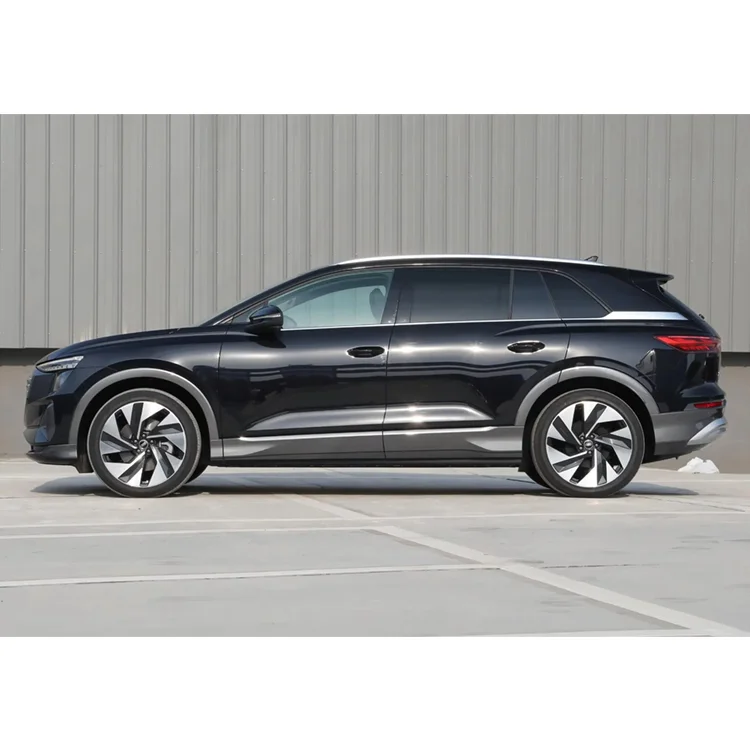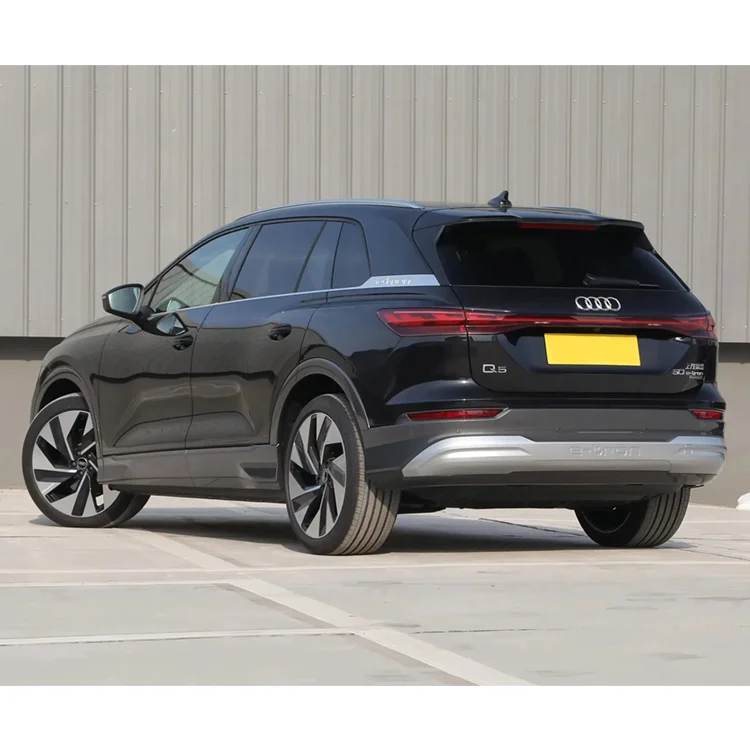Beyond the Lens: Exploring the Equipment Choices of Professional Photographers
In the ever-evolving world of photography, the question What do most photographers shoot with? transcends mere curiosity; it delves into the heart of the craft itself. The choice of equipment can significantly influence the outcome of a photograph, shaping not only the technical quality but also the artistic expression of the image. This article aims to dissect the various tools that photographers utilize, exploring the nuances of camera systems, lenses, and accessories that define their work.
- Camera Systems: The Backbone of Photography
At the core of every photographer's toolkit lies the camera system. While there are numerous brands and models available, the most popular choices among professionals typically fall into two categories: DSLRs (Digital Single-Lens Reflex) and mirrorless cameras.
DSLRs: The Traditional Powerhouses
DSLRs have long been the go-to choice for many photographers due to their robust build, extensive lens compatibility, and optical viewfinders that provide a real-time view of the scene. Brands like Canon and Nikon dominate this space, offering a range of models that cater to both amateurs and seasoned professionals. The advantages of DSLRs include:
- Optical Viewfinder: Provides a clear, lag-free view of the subject.
- Battery Life: Generally longer than that of mirrorless counterparts.
- Lens Variety: A vast selection of lenses available, including specialized options for macro, portrait, and landscape photography.
Mirrorless Cameras: The New Frontier
In recent years, mirrorless cameras have surged in popularity, thanks to their compact design and advanced technology. Brands like Sony, Fujifilm, and Panasonic have pioneered this segment, offering features that appeal to modern photographers:
- Electronic Viewfinder (EVF): Allows for real-time exposure and white balance adjustments.
- Faster Autofocus: Many mirrorless systems utilize on-sensor phase detection, resulting in quicker and more accurate focusing.
- Lightweight Design: Ideal for travel and street photography, where portability is crucial.
- Lenses: The Creative Lens of Expression
While the camera body is essential, the lens is often considered the true heart of photography. The choice of lens can dramatically alter the perspective, depth of field, and overall composition of an image. Photographers typically invest in a range of lenses to suit different styles and subjects:
Prime Lenses: Sharpness and Speed
Prime lenses, which have a fixed focal length, are favored for their superior optical quality and wide apertures. Common choices include:
- 50mm f/1.8: Often referred to as the nifty fifty, this lens is versatile for portraits and street photography.
- 35mm f/1.4: A favorite among documentary photographers for its natural perspective and low-light capabilities.
Zoom Lenses: Versatility in One Package
Zoom lenses offer flexibility, allowing photographers to quickly adjust their framing without changing lenses. Popular options include:
- 24-70mm f/2.8: A staple for wedding and event photographers, providing a range from wide-angle to short telephoto.
- 70-200mm f/2.8: Ideal for sports and wildlife photography, offering reach and excellent subject isolation.
- Accessories: Enhancing the Photographic Experience
Beyond the camera and lens, a variety of accessories play a crucial role in a photographer's workflow. These tools not only enhance the quality of images but also streamline the shooting process:
Tripods: Stability and Precision
A sturdy tripod is indispensable for long exposures, landscape photography, and studio work. Brands like Manfrotto and Gitzo offer a range of options that cater to different needs, from lightweight travel tripods to heavy-duty models for studio setups.
Lighting Equipment: Mastering Light
Understanding and manipulating light is fundamental to photography. Many photographers invest in external flash units, softboxes, and reflectors to achieve the desired lighting effects. Continuous lighting setups are also gaining traction, especially for video and portrait work.
Editing Software: The Final Touch
Post-processing is an integral part of modern photography. Software like Adobe Lightroom and Photoshop allows photographers to refine their images, correct colors, and enhance details, ensuring that the final product aligns with their artistic vision.
Conclusion: The Personal Touch in Equipment Choices
Ultimately, the question of What do most photographers shoot with? does not have a one-size-fits-all answer. Each photographer's choice of equipment is influenced by their unique style, subject matter, and personal preferences. Whether they opt for the reliability of a DSLR or the innovation of a mirrorless system, the key lies in understanding how to leverage these tools to tell compelling stories through their images.




